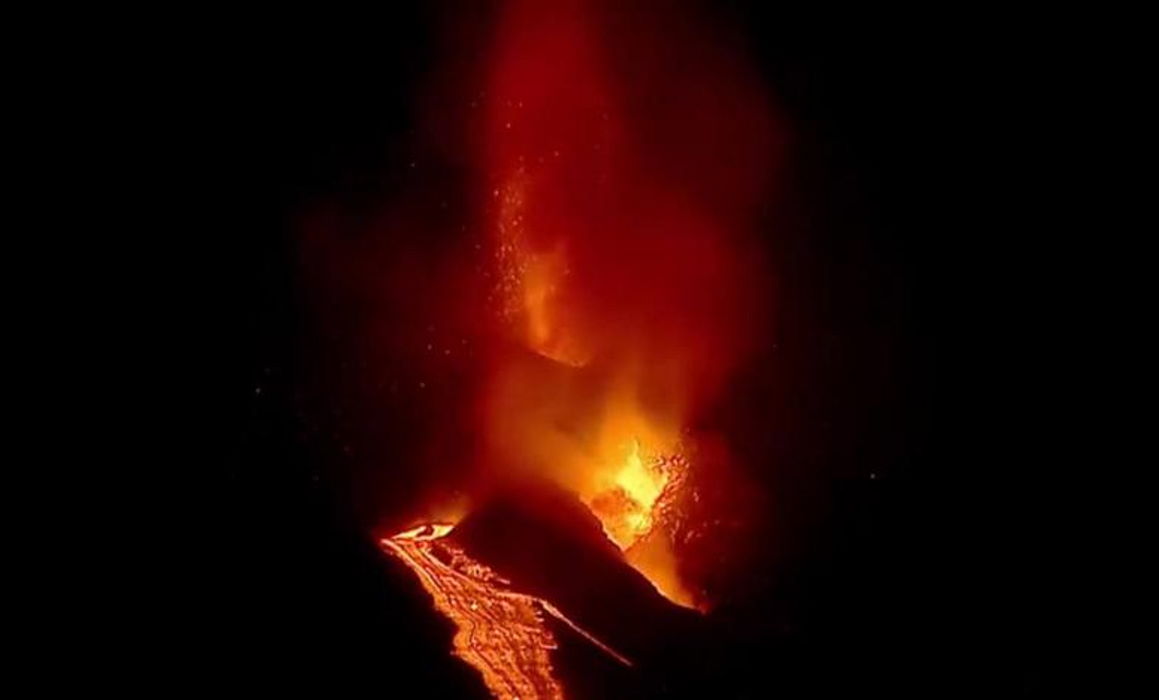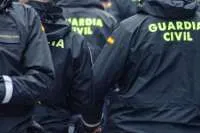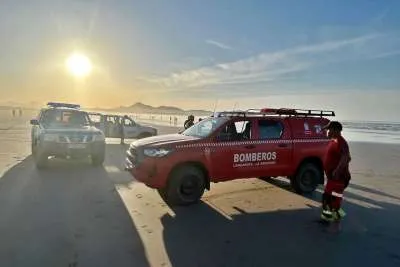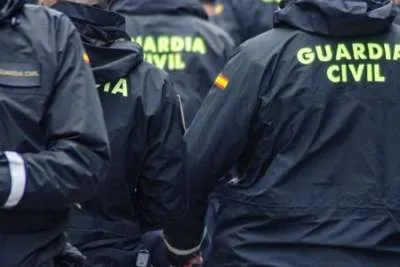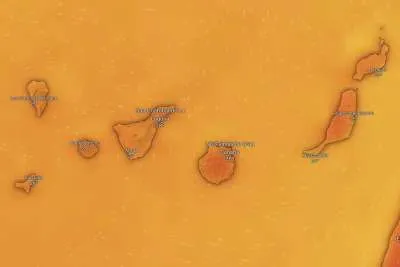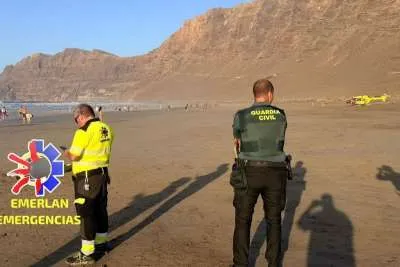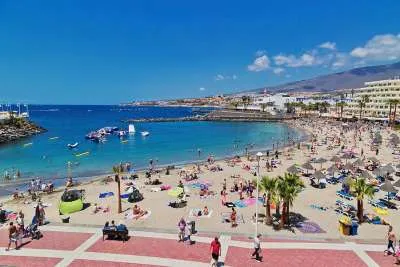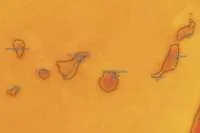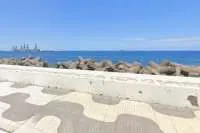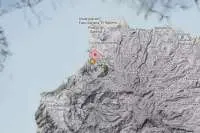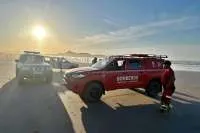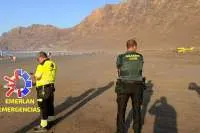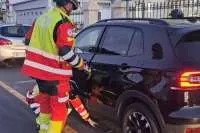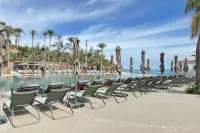LA PALMA UPDATE: New lava flow emerges from the secondary cone of the volcano
- 01-10-2021
- Tenerife
- Canarian Weekly
A new lava flow appeared last night from the back of the secondary cone of the volcano in La Palma, as reported by National Geographic Institute (IGN) seismologist, Itahiza Domínguez, on Twitter. At the moment it is not fully known what route this new flow will take down the slopes, if it will take a new one or if it will pass over the same areas that the previous ones have already taken.
As for the main lava flow, since the magma reached the sea there has been “a certain stability”, according to Rubén Fernández, technical director of Pevolca, with "it has overflowed the existing path in some points, and some ‘fingers’ have separated in a different direction from the main flow, but in general it is all following the main path to the coast”.
Yesterday, Pevolca asked the population closest to the volcano to take extra precautions in the face of a foreseeable deterioration in air quality due to a change in the winds. In the municipality of Tazacorte, on the west coast where the lava flows met the sea on Tuesday night, high values of sulphur dioxide (SO2) have been measured in the air, and there is a distinct smell of ‘rotten eggs’, which is spreading to Los Llanos de Aridane and El Paso.
Although, for now, the measurements don’t represent any danger to health, the authorities still recommend taking special precautions, such as staying indoors unless absolutely necessary and using FFP2 masks; especially people with respiratory conditions, the elderly, children and pregnant women.
The Canary Islands Health Service (SCS) has issued a simple guide entitled: ’Protect Yourself From Head To Toe’ for people in areas exposed to ash, as follows:
“Avoid doing outdoor activities and don't go outside if it is not essential. It is not recommended to go to the beach or the pool. Children, pregnant women, the elderly, and people with lung or heart disease are those at greatest risk, and should take extreme protection measures.”
- Cover your nose, eyes and mouth well: use airtight goggles and an FFP2 mask.
- Protect the skin of the body: wear clothes that cover arms and legs, and closed shoes.
- Wear a hat or cap, or protect yourself from the ashes with an umbrella.
Other articles that may interest you...
Trending
Most Read Articles
Featured Videos
A Vision of Elvis Tenerife Promo
- 10-05-2025
Tenerife Travel Guide
- 13-12-2024
Live webcam from Lanzarote airport
- 13-12-2024


